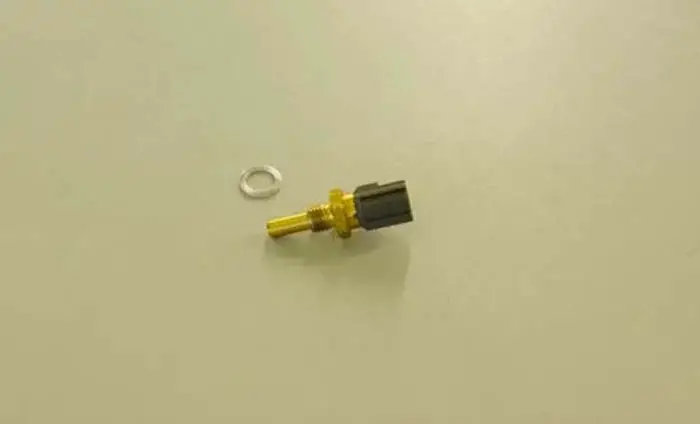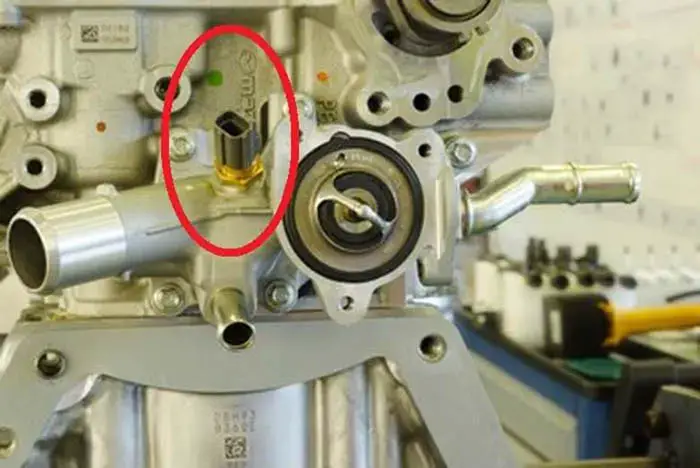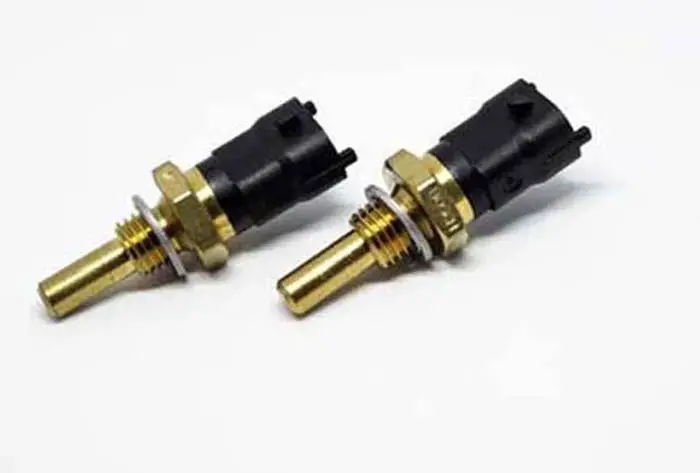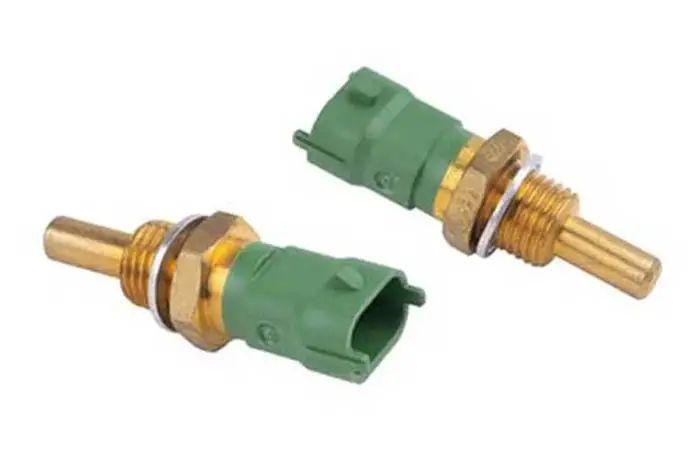
The coolant temperature sensor is a very important sensor in a car. It is a thermal resistor used to determine the temperature of the engine’s coolant. This reading is then sent to the car ECU to adjust the amount of fuel injection into the combustion chamber.
The sensor is responsible for telling the computer what the engine temperature is so that it can make the necessary adjustments. If the sensor is not working properly, the computer will not be able to adjust the mixture of fuel and air correctly. This can lead to a number of problems. If you notice any of the issues, it’s important to take your car to a mechanic to have it checked out. Ignoring the problem could lead to further damage to your engine.
In this powerful article, we will discuss the most common questions such as Can a Bad Coolant Temperature Sensor Cause A Car Not To Start, Rough Idle, or Misfire.
Related Post: Engine Coolant Temperature Sensor
Can A Bad Coolant Temperature Sensor Cause A Car Not To Start

The short answer is No.
Let me explain why a bad coolant temperature sensor does not cause “the no start condition”. The faulty or dead engine coolant sensor could not cause “the no start condition” of the car. The reason for this is clear by looking at the functionality of the ECT sensor.
The function of the engine coolant sensor in the car is to sense and send the temperature of the engine coolant and send to the Electronic Control Unit (ECU) of the car.
So, it determines the temperature of the engine by observing the change in the coolant temperature as it absorbs the heat from the engine and afterward uses this reading to optimize the temperature of the engine by injecting the proper amount of fuel.
The engine coolant temperature sensor does this by processing the signal sent by the ECU at a resistance, that is relative to the temperature of the engine coolant, as it is a thermistor, and sends it back to the ECU.
So, even if the ECT sensor is dead, it will not cause any starting problem, however, it can cause a hard starting and other serious problems to your car.
Related Post: 9 Symptoms Of A Bad Engine Coolant Temp (ECT) Sensor
Can A Bad Coolant Temp Sensor Cause Rough Idle
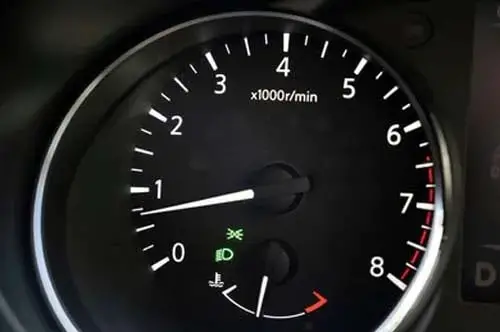
The short answer is yes.
Rough idling is a very uneasy condition for the drivers as well as the passenger. Rough idle is the condition when your car’s engine does not feel smooth. The RPM of the car goes up and down drastically without any kind of action from your side; it falls to the lowest by itself at one point and jumps up again without pressing the pedal.
A bad engine coolant temperature sensor can be a potential cause of your car’s rough idling. When the engine coolant temperature sensor of the car gets damaged or faulty it can send false signals to the Electronic control unit (ECU) of the car.
As a result of these false readings of the temperature sent to the ECU by the ECT sensor, the ECU adjusts the fuel injection into the combustion chamber according to these readings, which leads to the fluctuation of fuel injection delivery.
Hence, because of these bad fuel injection fluctuations due to the false readings by the ECT sensor, rough idling is caused in your car.
Related Post: How To Test Coolant Temp Sensor Wiring With Multimeter
Can A Bad Coolant Temperature Sensor Cause Misfire

Misfiring of an engine is a condition when one of the engine’s cylinders does not produce power. The faulty engine coolant temperature sensor could be the one causing the random misfiring of the engine.
When the engine coolant temperature sensor of your car gets faulty or bad, it can send a signal corresponding to the lean fuel ratio in the combustion chamber.
The fuel ratio is sometimes so lean, causing no power in the engine cylinder and leading to misfiring in the engine. The Electronic Control Unit (ECU) of the car responds to this by increasing the rate of fuel injection in the combustion chamber of the car.
This inappropriate increment in the fuel injection to the combustion chamber causes high fuel consumption too.
Related Post: How to Replace a Coolant Temperature Sensor
Sign Up

